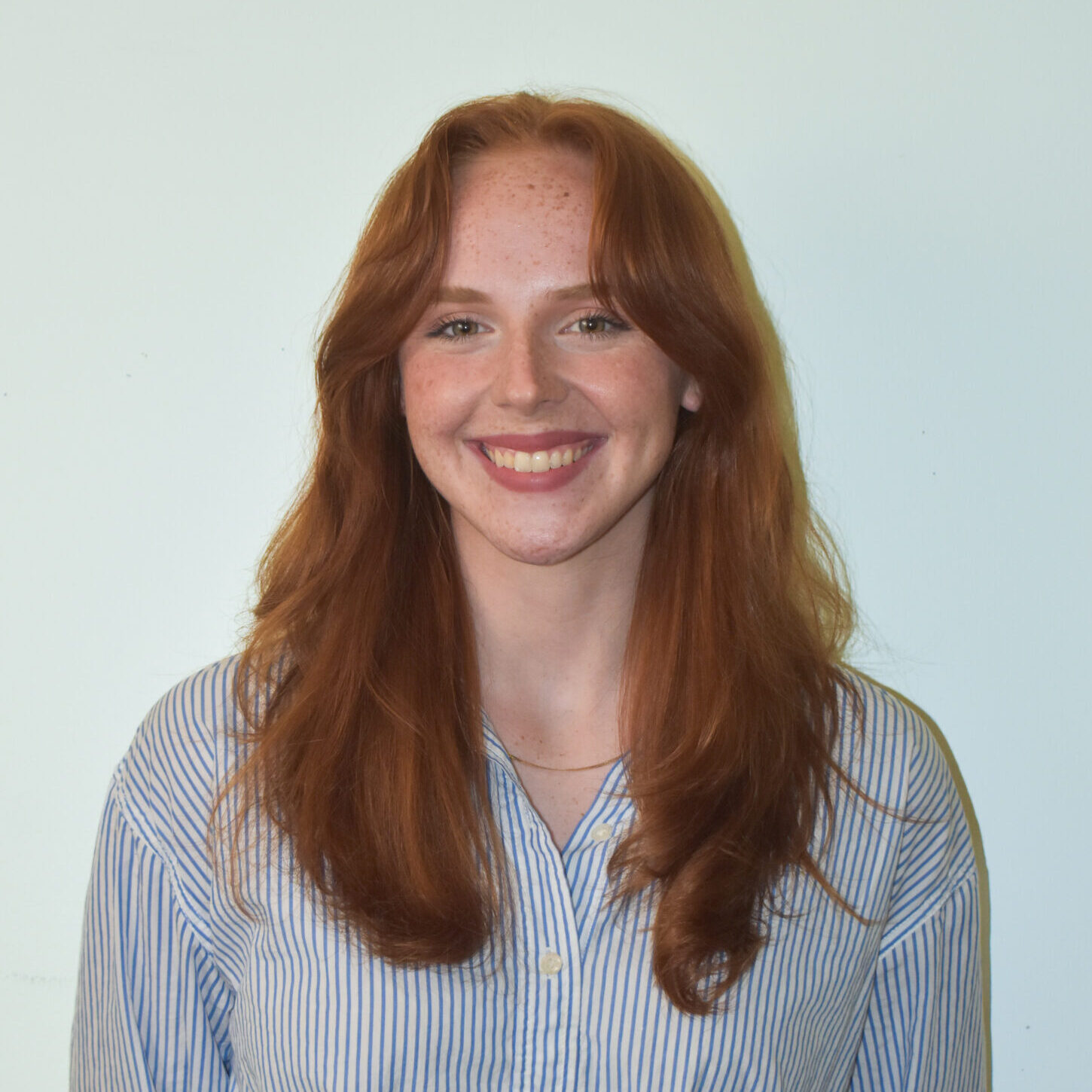Hurricane Fiona made landfall in Puerto Rico on Sunday, leaving residents without power or the ability to reach out for help. President Biden declared a state of emergency in the U.S. territory, which took effect on Sept. 17.
Loyola’s Puerto Rican Student Association Comments on Hurricane Fiona Making Landfall in Puerto Rico
Hurricane Fiona made landfall in Puerto Rico on Sunday, leaving residents without power and leaving a series of landslides, damage from high winds and floods in its wake, the Associated Press (AP) reported.
The U.S. territory sits 1,150 miles south of Florida, according to Google Maps. Some areas of Puerto Rico received up to 30 inches of rain, and cloud cover which stretched over the entire island, the AP reported, also reporting that strong winds extended 140 miles from the eye of the storm.
U.S. President Joe Biden declared a state of emergency beginning on Sept. 17 in Puerto Rico as the storm approached the U.S. territory’s southwest corner.
Fiona’s winds reached up to 85 mph on Sunday, according to the U.S. National Hurricane Center. There is currently a hurricane watch in the Dominican Republic and the Bahamas, according to the National Oceanic and Atmospheric Association (NOAA) website.
Hurricane Fiona has created a series of landslides, damage from high winds and floods in its wake, the AP reported, also reporting that Puerto Rico’s power grid has been damaged, reducing the number of residents who have access to energy and their ability to reach out for help.
In a statement from Loyola’s Puerto Rican Student Association (PRSA) in response to Hurricane Fiona, the organization said they feel the country has still not recovered from the damages of Hurricane Maria in 2017.
“It will be five years since Hurricane Maria and to this day, the islanders from Puerto Rico don’t have the secure infrastructures and utilities that were weakened by that hurricane,” Julianna Collazo Vargas, president of the PRSA, wrote in an email to The Phoenix. “Nothing truly prepares you for coming back to your island to see all the places filled with your childhood memories destroyed.”
Maria Bayron, another member of the PRSA, wrote that Hurricane Maria helped the island to prepare for hurricanes, but, at the end of the day, it is impossible to be fully prepared for a natural disaster of any scale.
Vargas also described her emotions surrounding the news of Hurricane Fiona making landfall.
“The hardest part is living in the states and not being able to contact your family to make sure they are okay,” Vargas wrote in an email to The Phoenix. “The waiting period is devastating and it wasn’t until today when I realized that there’s been a sense of PTSD surrounding hurricanes ever since Maria.”
Bayron wrote that she feels some people don’t understand that beyond the devastation of the hurricane itself, there is also the issue of not receiving the resources that are needed to properly rebuild.
The full extent of the damages caused by Hurricane Fiona are not yet known due to issues with the country’s power grid, the AP reported, also reporting the power issues aren’t expected to be resolved for several more days.
Students who wish to aid in relief efforts should instead look at Taller Salud, La Fondita de Jesús, Brigada Solidaria del Oeste or Fundació Sin Límites, the PRSA said.
-

Lilli Malone is the News Editor of The Phoenix and has written for the paper since the first week of her first-year. She is studying journalism, criminal justice and political science, is on the board of SPJ Loyola and was previously the deputy news editor of The Phoenix. She has worked as a Breaking News Correspondent for The Daily Herald, and has interned at Block Club Chicago, Quotable Magazine, and UCLA. Originally from Columbus, Ohio, Malone enjoys traveling, reading, and telling the stories of Loyola and Rogers Park community members.
View all posts
Topics
Get the Loyola Phoenix newsletter straight to your inbox!

